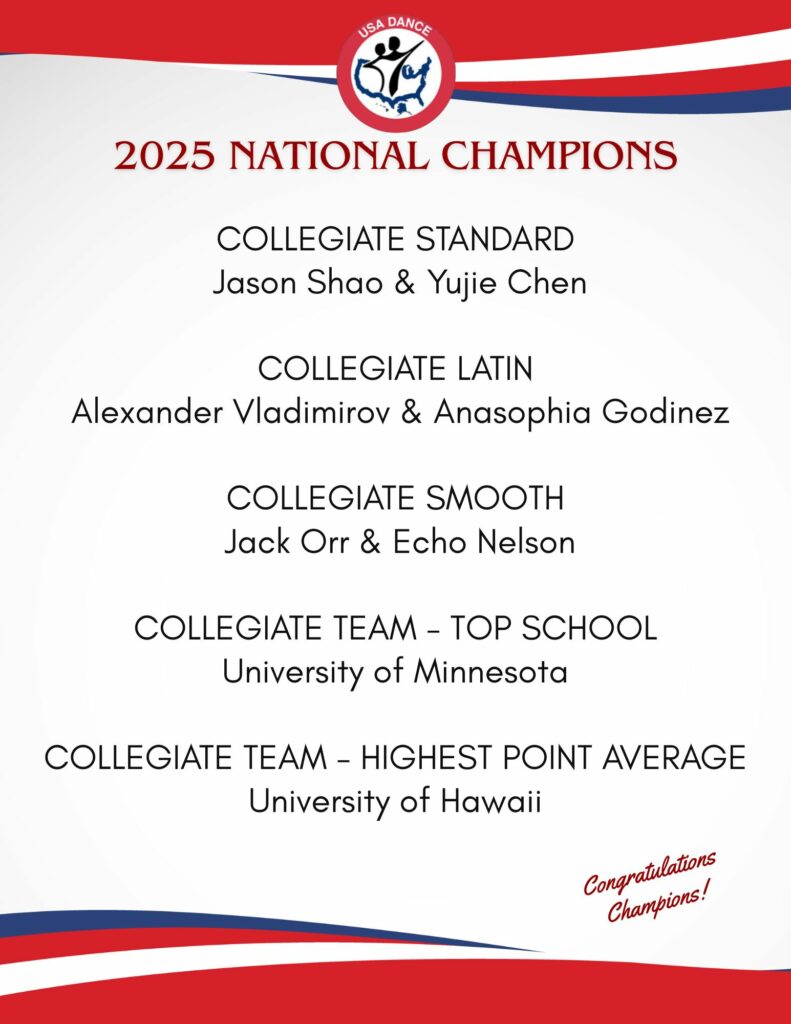If you’ve been at a large public event like a triathlon or marathon recently, you may have noticed booths set up to provide athletes with IV infusions, promising fast rehydration or immune-boosting properties from vitamin infusions. Some nutritionists and naturopathic doctors are also prescribing vitamin infusions via IV on a regular basis. But should young athletes be considering an IV infusion?
Here, the U.S. Anti-Doping Agency’s (USADA) Director of Science, Laura Lewis, PhD, shares what parents and caregivers need to know about IV infusions for young athletes.
Common use cases for an IV infusion
Historically, IVs in sport have been used to quickly rehydrate an athlete who has shed water weight in order to hit a certain weight standard for their sport. With weigh-ins happening close to competition, Lewis notes it may appear that using IVs to rehydrate is the most effective way to get competition ready after having cut a significant amount of weight by losing water via sweat. However, this kind of IV use is strictly prohibited by anti-doping agencies like USADA and the World Anti-Doping Agency.
“People were really pushing the envelope of being much bigger than their weight class, then having to drop a lot of weight,” explains Lewis. “They were losing most of that weight as water and getting severely dehydrated to make weight. After the weigh-in, they wouldn’t have time to rehydrate just by drinking, so people started using IVs. But if you can’t make weight without doing these drastic and potentially dangerous weight loss protocols, you are likely not competing in the right weight category for you.”
When it comes to rehydration, it’s also important to note that the American College of Sports Medicine consensus guidelines state, “IV fluids do not provide an advantage over drinking oral fluids and electrolytes.” Normal rehydration can be achieved in the vast majority of individuals by drinking and eating normal beverages, such as sports drinks and water, and meals. Various sports and athletic organizations such as the American College of Sports Medicine (ACSM), the National Athletics Trainers’ Association (NATA), and others have informative resources to educate on best practices for fluid replacement in athletes.
The most common use case around IVs is for athletes who have clinically low iron levels. Often, these athletes will be prescribed an IV to rapidly boost iron stores. This can be done in compliance with anti-doping rules by securing a Therapeutic Use Exemption (TUE) or by limiting the amount to ensure that the total volume of fluid administered is within the rules. For any athletes subject to anti-doping rules, it’s important to let the doctor know that the athlete needs to adhere to USADA rules around IV usage, since the doctor can adjust the amount of IV fluid used when administering the iron IV drip.
IV infusions create a dangerous environment for young athletes
“There is never an appropriate place for an IV outside of a medical intervention,” says Lewis. And while IV infusions have extremely limited benefits, if any, when used outside of a medical setting, the “quick fix” mentality that draws athletes to them is almost more dangerous than the IVs themselves, says Lewis. Seeing these tents at race expos promising fast recovery promotes the idea that it’s possible to pay for speed, and that shortcuts in sport aren’t just possible, they’re encouraged.
“It’s a slippery slope from using an IV to boost immunity or brain function to using a steroid to boost muscle growth,” she says. “Using IVs for these purposes makes young athletes think that there are shortcuts. And once they’ve decided using an IV is okay, it’s easy to see how they could rationalize other substances too.”
Know the risks of IV infusions
IV infusions have become hugely normalized and commonplace over the last few years, despite a lack of medical research supporting the need, and even as IVs remain regulated under anti-doping rules.
“In ski towns, I’ve seen these shops crop up where people are sitting outside with IV drips, getting these infusions done while on a storefront patio,” says Lewis. “The one I vividly recall was a green solution. To be clear: No medical product being used in an IV would be green. That alone should give you pause, because you have no idea what’s actually in that bag. You also have no way of guaranteeing that those places are following proper hygiene procedures.”
Whether your young athlete is subject to anti-doping rules or not, IV vitamin or rehydration infusions can be dangerous, says Lewis. It’s extremely difficult to know if the “IV bars” that crop up in strip malls or even at race sites are following proper health and safety protocols around needle usage, sterilization, or the development of the infusions themselves.
Focus on a “food first” approach to health and recovery
Rehydrating by drinking water or sports drinks and eating water-dense foods like watermelon will help an athlete rehydrate just as well as an IV, barring an emergency medical situation.
If your athlete is lacking in a certain vitamin or mineral, working with a dietitian to remedy that with food first is the best solution. If food alone isn’t enough, supplementing based on a doctor or dietitian’s recommendations with NSF Certified for Sport supplements is the best solution—not an IV drip. And as Lewis notes, make sure that any recommendations for supplements or other non-food solutions come from experts with a solid understanding of anti-doping protocols. If you’re ever unsure, contact USADA to discuss your doctor or dietitian’s recommendations.
Takeaway
Under no circumstances should young athletes be receiving IV infusions outside of emergency medical care or as part of a diagnostic procedure, as this presents both health and anti-doping risks. Furthermore, under normal circumstances, there is no research showing that IV infusions for rehydration or vitamin purposes are more efficacious than simply rehydrating by drinking or eating a diet rich in vitamins (or orally supplementing based on a doctor or dietitian’s recommendations with NSF Certified for Sport options).

About TrueSport
TrueSport®, a movement powered by the experience and values of the U.S. Anti-Doping Agency, champions the positive values and life lessons learned through youth sport. Backed by U.S. Congressional mandate, TrueSport inspires athletes, coaches, parents, and administrators to change the culture of youth sport through active engagement and thoughtful curriculum based on cornerstone lessons of sportsmanship, character-building, and clean and healthy performance, while also creating leaders across communities through sport.
For more expert-driven articles and materials, visit TrueSport’s comprehensive collection of resources.
This content was reproduced in partnership with TrueSport. Any content copied or reproduced without TrueSport and the U.S. Anti-Doping Agency’s express written permission would be in violation of our copyright, and subject to legal recourse. To learn more or request permission to reproduce content, click here.






















